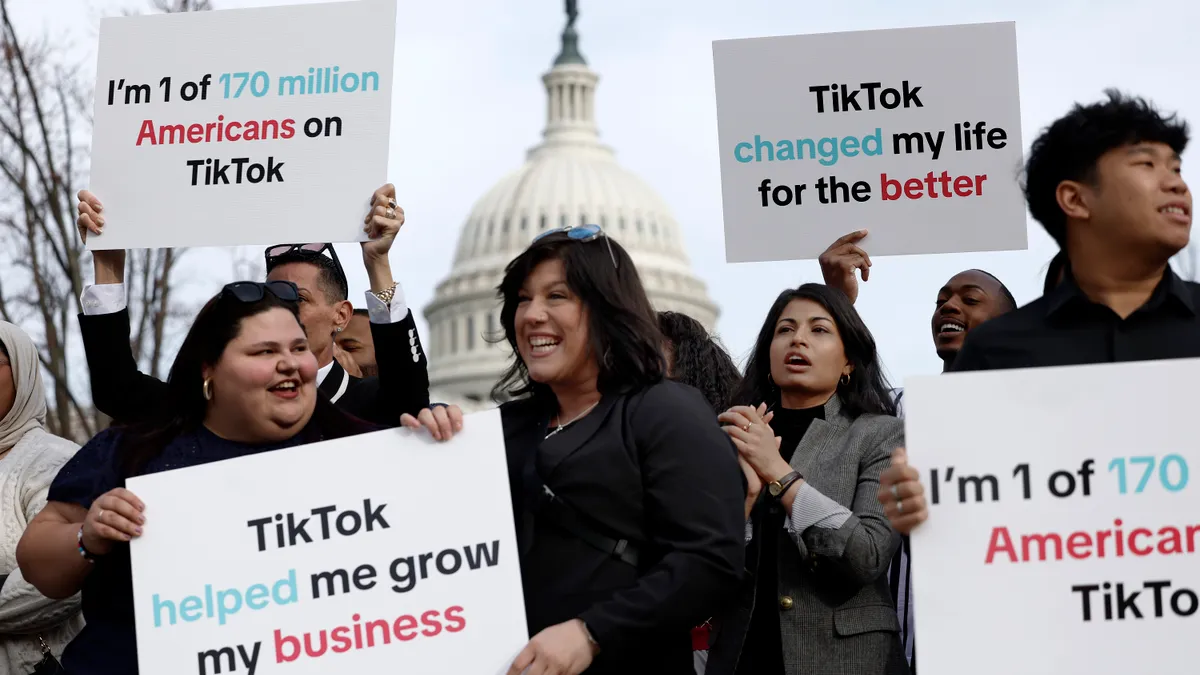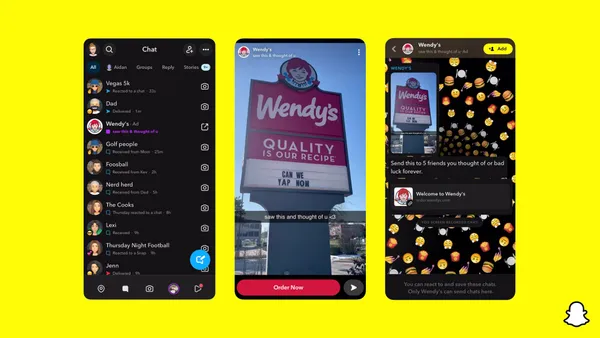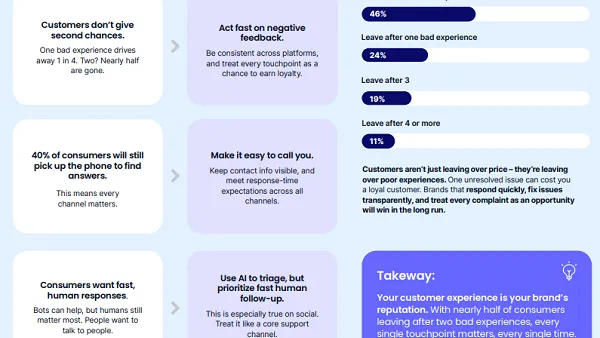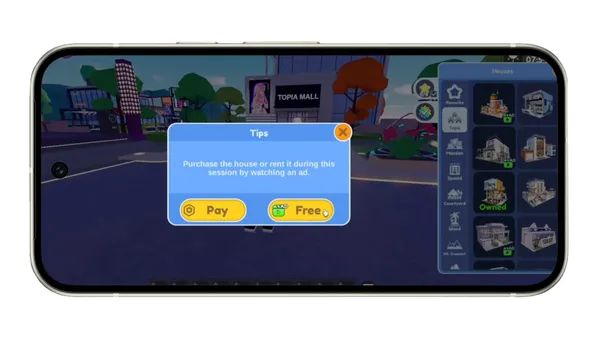Brief:
- Panera Bread debuted an augmented reality (AR) ad unit that lets users "play with" its menu items, along with learning more about their ingredients and nutritional information, per details shared with Mobile Marketer.
- The mobile-only ads intend to bring more transparency to the brand's offerings, providing measurements around total calories, carbs, sodium content and more. The AR ads are running via display units on Bleacher Report that are powered by the mobile platform Composite, and are available across Snapchat, Instagram and Facebook. Composite was developed by the digital agency Glow, according to QSR Magazine.
- QReal, an agency focused on AR, designed the creative assets of the campaign, which for now highlight one menu item, the Mediterranean Egg White Breakfast Wrap. Panera said it "will use key learnings" from the early test run to build out the feature for more offerings. Panera worked exclusively with one publisher, Bleacher Report, to provide a more customized experience to viewers, per QSR Magazine.
Insight:
A few years after hitting the mainstream, AR has experienced some fatigue amid a deluge of branded filters and same-y, one-off activations. Panera is trying to create a less stale approach by running its ad unit across platforms — many AR campaigns are designed specifically for a single app — and by centering the creative concept around menu transparency. The idea, according to VP of marketing Scott Nelson, is to create something that's both purpose-oriented and fun.
"This isn't a flex of technology for technology's sake," Nelson said in a statement. "AR can impact our business in many ways and give our customers tools to empower their overall eating experience. This is an entertaining piece of content, but it is useful, purposeful and helps us continue to push on overall category innovation."
Panera previously partnered with QReal on AR activations that were unlocked via Snapcodes. The brand's technology partner promoted the effort at the South by Southwest festival this year. By scanning the codes with the Snapchat camera, viewers could interact with menu items displayed on turntables akin to a DJ setup. The new ad unit shows the restaurant chain expanding its AR ambitions and teaming with a popular publisher to raise consumer awareness.
Other marketers have tried to layer greater utility on top of shiny new mobile technology. Mars Food brand Uncle Ben's partnered in September with Google Lens on retail activations that leverage the visual search app. Users in stores can scan Uncle Ben's products and certain displays to access content such as ingredient lists, nutritional advice and cooking videos.
As AR matures, actual ad units that support the technology on the web or across platforms are seeing greater traction as a means to provide scale. Verizon Media recently unveiled AR ad formats that allow users to virtually try on products before buying them. CBS Interactive in June partnered with Unity Technologies to build a platform to help advertisers create and scale AR campaigns across its suite of mobile apps. Facebook last year also introduced AR ads into its core Newsfeed, with launch partners like Michael Kors.
More robust marketing options for AR arrive as nearly 70 million U.S. consumers are forecast to use the technology at least once per month this year, according to eMarketer estimates.















